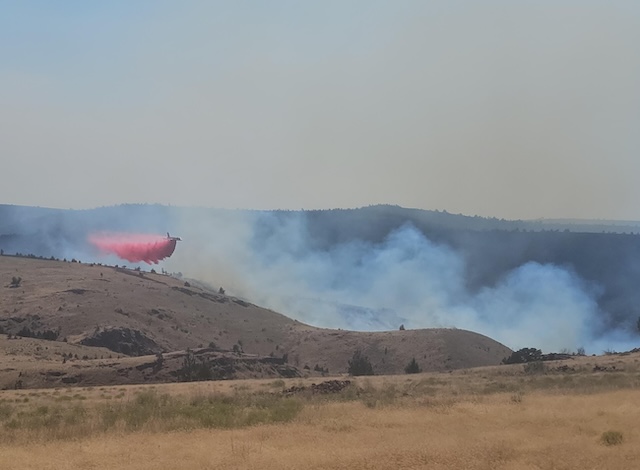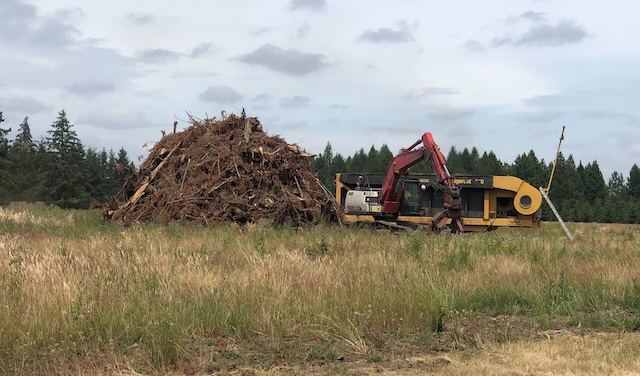Oregon plan to tackle dyslexia starts this fall for kindergarteners, first-graders
Published 12:00 am Friday, September 7, 2018

- (Thinkstock)
After the Legislature asked the Department of Education for a plan to combat dyslexia at an early age, every Oregon elementary school will begin mandatory screening of students for the learning disability this fall.
Lawmakers passed Senate Bill 1003 in the 2017 session, requiring screening for dyslexia risk factors for every kindergartner and first-grader new to Oregon. This bill also required that each elementary have a teacher undergo specialized dyslexia training.
Trending
Many Central Oregon school districts have been conducting these screenings for years, although they still had to train teachers.
The Oregon Department of Education’s plans guided that bill, specifically those of dyslexia specialist Carrie Thomas Beck and her team.
Thomas Beck said screening for dyslexia risks at a young age and immediately helping students showing signs of dyslexia can help them avoid problems down the road.
“The research shows that early intervention can significantly lessen the impact of reading difficulties,” she said. “The sooner that we provide this evidence-based reading instruction, the better the results. We can actually prevent these reading difficulties from taking hold, in most cases.”
Sean Reinhart, the executive director of special programs for the Bend-La Pine school district, agreed.
“Early screening and early intervening is our best course to get on-track readers,” he said.
Trending
As many as 15 to 20 percent of Americans show some symptoms of dyslexia, according to the International Dyslexia Association. These symptoms can include poor writing and spelling and slower reading abilities.
According to Thomas Beck, the idea that those with dyslexia see letters backward is a misconception. Instead, they have difficulties distinguishing individual, phonetic sounds in spoken words and then translating those sounds to print. The issue is decoding words, not comprehending them.
According to Thomas Beck, students who show a moderate or high level of risk for dyslexia would receive more contact with their school’s reading specialist. Those on the “milder end of the spectrum” can be supported through the general education system with a little extra help. For example, a student could receive 30 minutes of extra reading three times a week, or what Thomas Beck called “core plus more.”
Students with more severe dyslexia would require a full-fledged evaluation and possible special-education services, she added.
Some of the tools reading specialists might use include providing explicit and systematic phonics instruction for students and applying those new skills in their reading.
Both Thomas Beck and Reinhart dispelled the idea that screenings are the same as evaluations. Reinhart said screenings are given to every student, are quick and “are designed to give quick indicators that something might be wrong, and you might want to look a bit further.” Evaluations are more in-depth and applied to one student at a time.
Reinhart said although they’ve been screening young students in the fall, winter and spring for a decade, they did have to send many teachers to a dyslexia training session at the High Desert Educational Service District.
Redmond School District Title 1A Coordinator Alishia Anderson said her district has conducted screenings for more than 10 years. Anticipating state legislation, Anderson said, the district also provided dyslexia training for two educators at each elementary school last year. Both Redmond and Bend-La Pine will begin screenings this month.
Melinda Boyle, the director of curriculum and instruction for Jefferson County School District, said it had screened for dyslexia risks for 15 years. Crook County School District has screened students for a decade, according to Mona Boyd, director of special education.
It’s fairly common for Oregon school districts to have conducted universal screenings before this year, Thomas Beck said. She said about 107 of the state’s 197 districts received support from the Oregon Response to Instruction and Intervention for dyslexia screenings over the past decade.
Thomas Beck said the state allocated $1.9 million from 2017 to 2019 to help districts offset training costs, which results in a per-school award of about $2,700. She said this might not cover the cost for every district if, for example, teachers had to drive far for training sessions. School districts and/or educational service districts can choose from a state-approved list of training vendors. Although the training isn’t required every year, if the reading specialist leaves, the school district will need to hire another specialist or train someone else.
The screenings are an unfunded mandate, Thomas Beck said.
— Reporter: 541-617-7854,jhogan@bendbulletin.com








